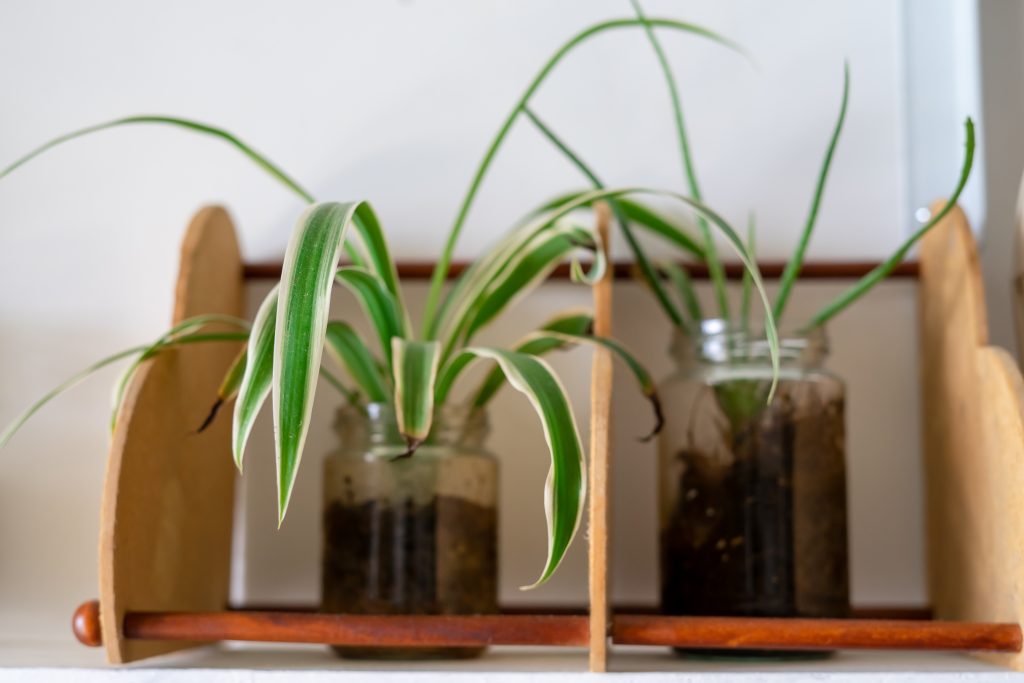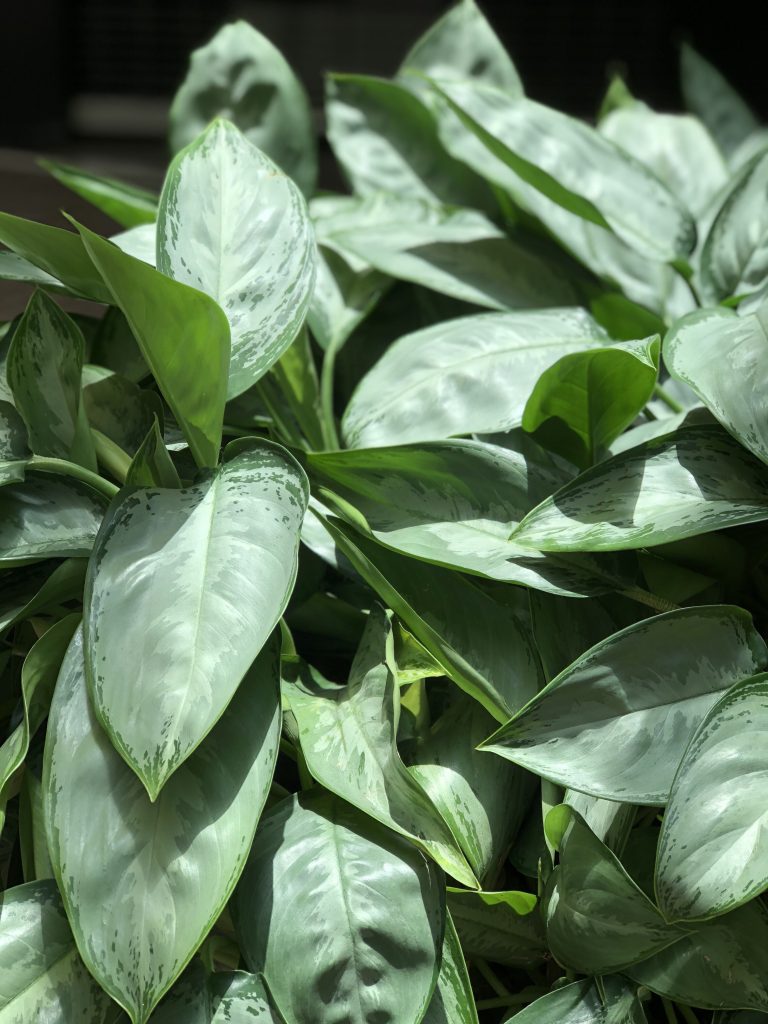We all know someone that has a few too many houseplants in their home, it can sometimes feel like walking into a tropical rainforest. There are actually several positive benefits of keeping houseplants in your home that are directly backed by science. These benefits can include improved sleep, purified air, improved productivity and even reduced allergies. Maybe that someone with too many houseplants just came across this article before you did!
Find out more about what types of plants you can use in your home to achieve these benefits in this week’s Wellness Matters!
1. Indoor Plants Can Be Natural Purifiers and Air Humidifiers
NASA undertook the Clean Air Study, aimed at determining which plants best clean the air we breathe while eliminating toxins. Two plants NASA found effective for purifying the air and removing toxins were the Spider and Rubber plants.
Spider plants help remove benzene, formaldehyde, carbon monoxide and xylene from your home. These are volatile organic compounds found in typical household items such as furniture, carpets and appliances.

Rubber plants are common household plants featuring glossy, oval-shaped leaves. Rubber plants may efficiently remove toxins such as formaldehyde from the air.

On top of purifying the air, plants can act as natural humidifiers. 10 percent of the moisture in the air we breathe is released by plants. Areca palms help are effective moisture-releasers. Plants such as cacti and succulents, on the other hand, retain water and therefore release very little moisture.

2. Plants Can Help With Allergy Relief
In a recent study, researchers found that rooms with houseplants had less dust and mold than rooms lacking the foliage. Leaves can act as natural filters that catch airborne allergens and particles. Common low-light plants such as the Chinese Evergreen do the job effectively.

If you intend to use plants for allergy relief purposes, make sure to avoid plants with pollen or spores!
3. Plants May Boost Your Productivity
Several studies over the years have found that plants can help boost productivity, an excellent tool for those of us working from home!
A study from 1996 found that students in a computer lab worked 12% faster AND were less stressed when plants were placed nearby.
A 2004 study tasked respondents with a creative word association game, and researchers found they performed better when one or more plants were present in the room.
A 2007 study found that people with plants present in the workplace took less sick days, and were more productive in their job.
4. Plants Can Promote Restful Sleep
Many of us find getting the recommended 7-8 hours per night difficult. With responsibilities, work and kids it can be tough to get a truly restful sleep.
Fortunately, studies have found that Lavender and Jasmine can naturally lead to a more restful sleep. The smells these plants emanate can help the mind achieve a state of tranquility and relaxation, leading to a better sleep. Consider placing either of these plants next to your bed to help calm your mind and promote improved rest. Furthermore, the added oxygen and reduced carbon dioxide promote rest.
5. Taking Care Of Plants Can Be Therapeutic
Caring for a living thing can help give us a purpose, the satisfaction in seeing that plant bloom is unparalleled! Bringing some natural elements to your home can promote a positive outlook on life, causing us to feel more active and alive.
By centering yourself when trimming, watering or caring for your plants, it can provide us with a much needed break to forget our troubles for a moment, and remind us of what is important. A therapeutic daily process that would be a valuable addition to our routines.
Simultaneously, plants can brighten up even the most boring room. They can be placed on windowsills, along hangers, curtain rails and large, ornate pots.
After reading all these benefits you may be wondering how many plants you need in your home to enjoy their rewards. BioAdvanced suggests “to improve health and reduce fatigue and stress, place one large plant (8-inch diameter pot or larger) every 129 square feet. In office or classroom settings, position plants so each person has greenery in view”.
If you want some ideas to get started, or add to your collection, check out this article from The Sill to help select the best plants for you.
We’d love to see some of the houseplants you are incorporating into your lives! Get in touch with us here.









